Slate and Tile Spring Roof Maintenance Tips
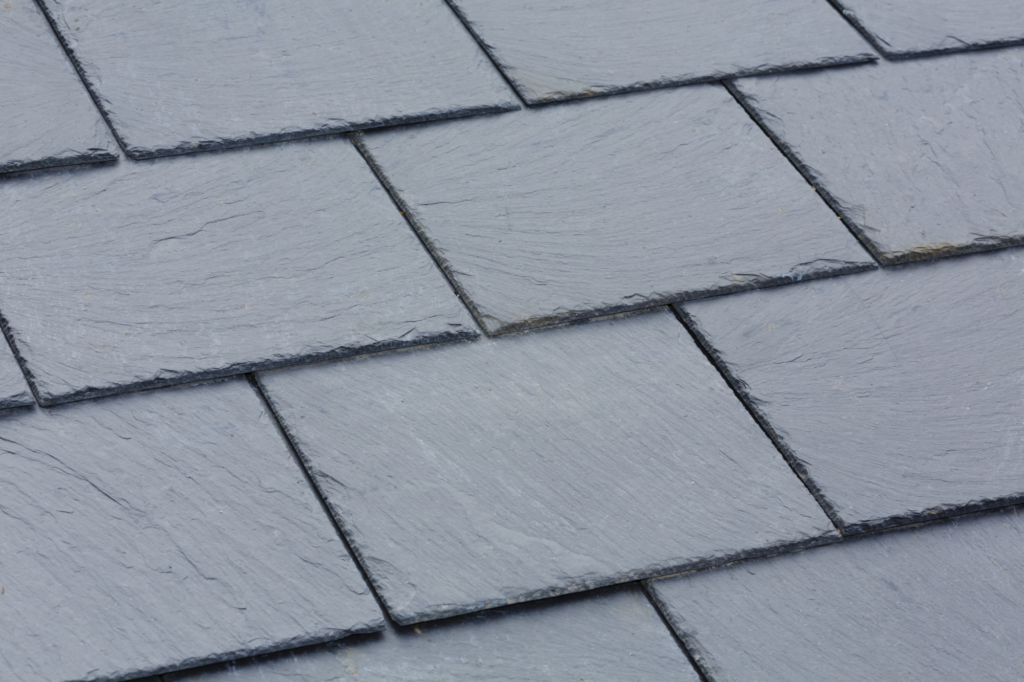
What comes to mind when spring arrives? Wildflowers sprouting up from the bare ground, fresh green grass, little buds of leaves on the trees – and spring roof maintenance.
Do you think the last point’s out of place on the list? Well, if you are the owner of a slate roof, you will need to ensure that you put roof upkeep on top of your spring to-do list every year!
Slate roofs are usually found in historic residential homes and require a bit more care than modern roofs. Keep reading to find out what you can do for spring roof maintenance to keep your slate and tile roof well-maintained.
1. Repair Broken Tiles
From time to time, you will have broken or slipped slates or tiles on your roof. This is common and nothing to worry about. The only thing you need to ensure is that you replace these broken tiles as soon as possible.
Chipped slates or tiles may not be the most aesthetically pleasing, but they typically do not pose a significant threat to the integrity of your roof. However, broken or missing tiles or slates can lead to severe damage, not just to your roof but also to your exterior and interior walls.
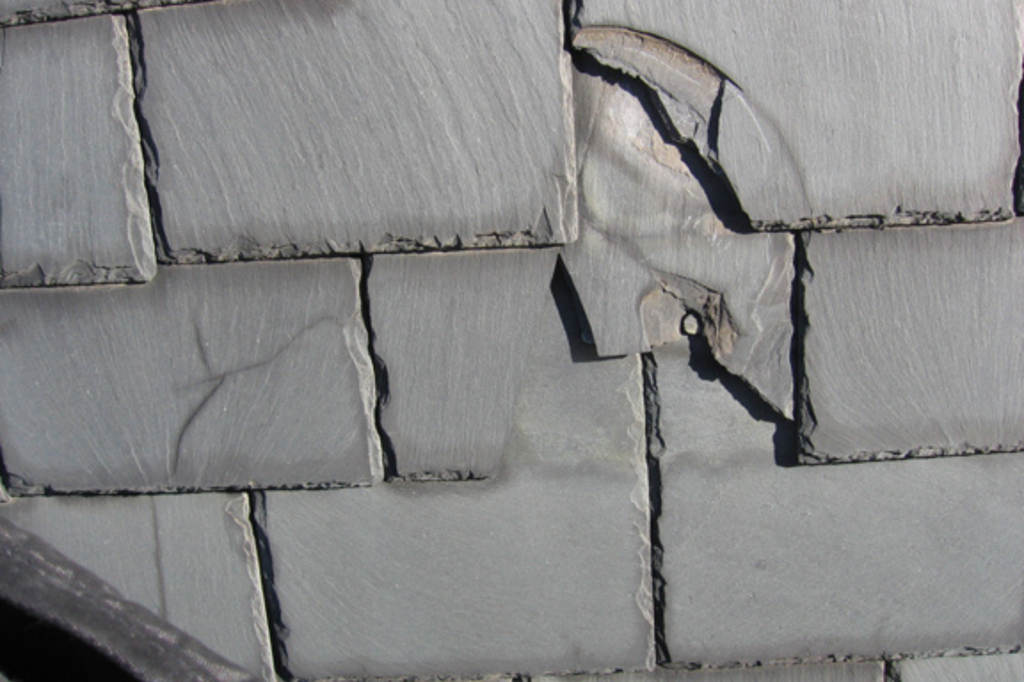
When a tile or slate is broken or missing, it creates an opening in your roof that allows moisture, such as rainwater or snow, to penetrate the roof system. Over time, this moisture can cause damage to the structural integrity of the roof. It can even seep into the interior of the building, damaging walls, ceilings, and insulation. If not addressed promptly, this can lead to costly repairs and even compromise the safety of the building’s occupants.
While it may seem like an unnecessary expense to call in a trained slater every time you notice a few broken tiles or slates, this proactive approach can save you significant money down the road. By repairing or replacing the broken tiles or slates promptly, you prevent further damage from occurring. You can also avoid the need for more extensive repairs or even a complete roof replacement.
2. Check the Flashing
Flashings are an essential component of any roof system as they serve as a barrier between the roof and other elements, such as chimneys or walls. They are typically made of metal, such as copper or galvanized steel, and are installed around the roof ridge, hips, valleys, and chimneys to prevent water from seeping into the roof and causing damage.
In older homes, flashings were often made of copper, which has a long lifetime of around 70 years. However, if the previous owner of the home did not replace the flashings, it may become necessary for you to do so. This is because, over time, even copper flashings can become damaged or worn, potentially leading to leaks and water damage to your roof and home’s interior.
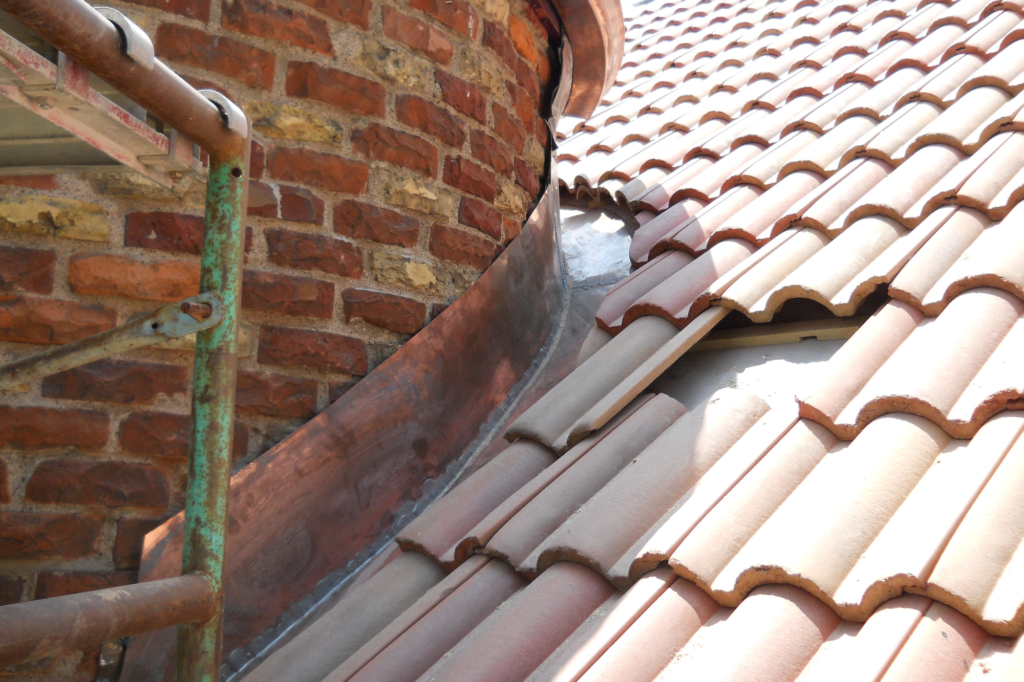
If your flashings are made of galvanized steel, their lifespan is typically around 15-20 years. To prevent rusting and extend their lifespan, these flashings should be painted periodically. Failure to paint the galvanized steel flashings can cause rust and corrosion, leading to damage to your roof and home.
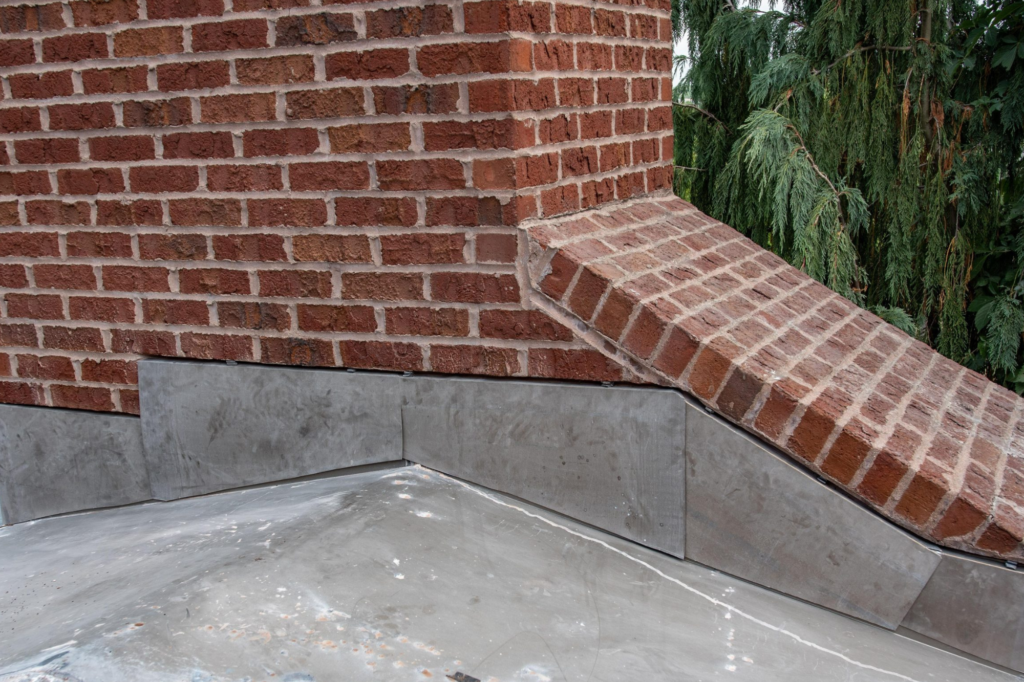
Replacing flashings is not a DIY job and should be handled by a professional roofing contractor. They have the necessary expertise and equipment to remove the old flashings, assess the underlying roof structure for damage, and install new flashings properly.
3. Inspect Your Roof After Each Storm
Tile and slate roofs are beautiful and durable roofing options, but they are not immune to damage from storms. High winds, hail, heavy rains, and flying debris can all cause damage to your roof. That is why it is essential to inspect your roof after each major storm.
Storm damage to your roof may not always be visible from the ground. That is why you should conduct a thorough inspection of your roof to assess any potential damage. Look for cracked, broken, or missing tiles or slates, as well as any damage to flashings, gutters, or downspouts. If you notice any signs of damage, it is important to address the issue promptly to prevent further damage to your roof and home.
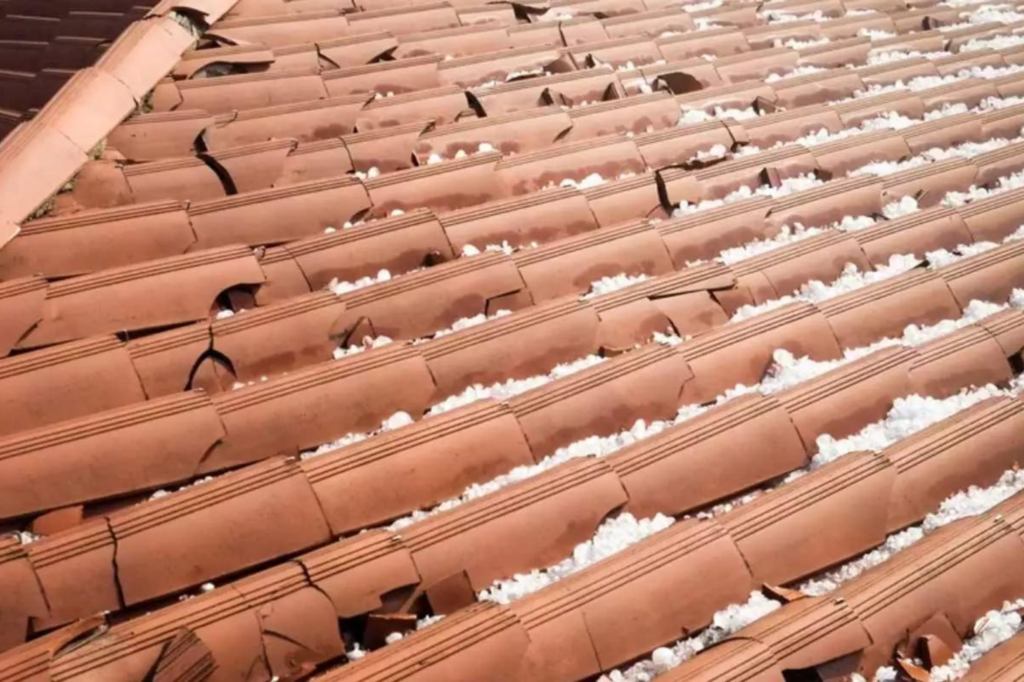
If you live in an area that does not experience many storms, it is still crucial to inspect your roof regularly, at least once a year, and keep up with spring roof maintenance. This will allow you to identify any issues that may have arisen during the winter months and address them before they become more severe.
Regular inspections and maintenance of your roof can prevent small problems from becoming major issues. By identifying and addressing damaged or worn components, such as broken slates or rusted flashings, you can extend the lifespan of your roof and prevent costly repairs or even a complete roof replacement.
4. Chimneys
If you have a chimney in your home, it is essential to inspect it at least once a year to ensure that it is in good condition and functioning correctly. Over time, the chimney can become damaged. If the damage is not addressed, it can lead to leaks, fires, or even collapse.
One of the most common causes of chimney leaks is issues with the flashings. Flashings are metal pieces that create a watertight seal between the chimney and the roof. Over time, flashings can become damaged or wear out, allowing water to seep into your home. A thorough inspection can identify any issues with the flashings and allow for prompt repair.
Another potential cause of chimney leaks is the flue cover. The flue cover prevents rain, debris, and animals from entering the chimney. If the cover becomes damaged or worn out, water can enter the chimney and cause leaks. A chimney inspection can identify any issues with the flue cover and allow for prompt repair or replacement.
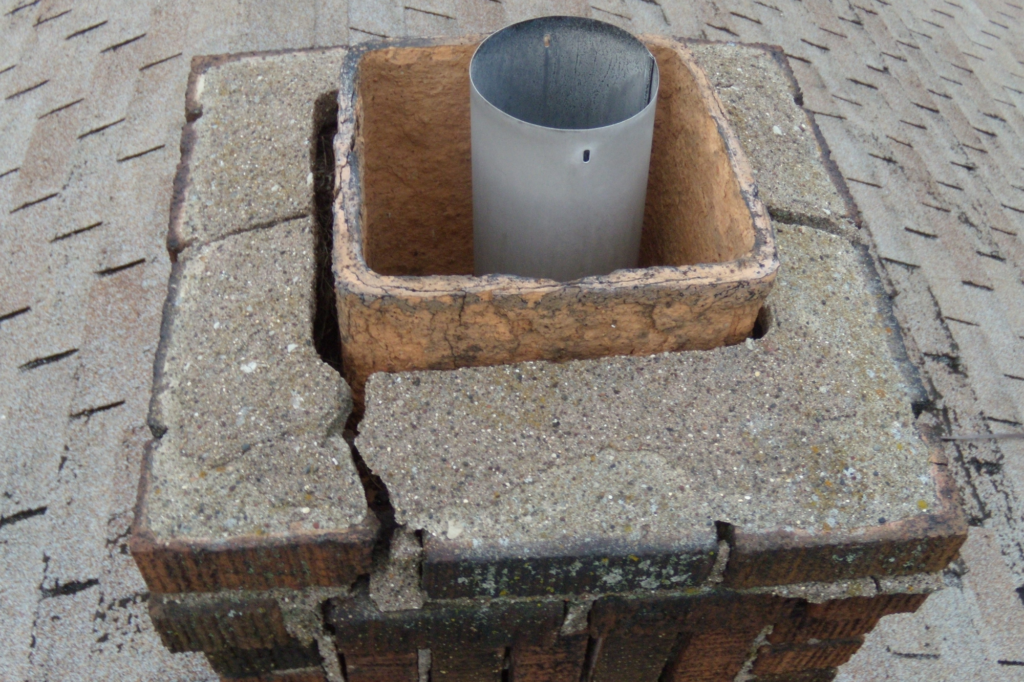
Additionally, the chimney cap plays a critical role in preventing water from entering your chimney. The cap sits on top of the chimney and prevents rain, snow, and debris from entering the chimney. If the cap becomes damaged or worn out, it can allow water to seep into your chimney, causing leaks. Regular chimney inspections can identify any issues with the cap and allow for prompt repair or replacement.
Lastly, masonry damage can also cause chimney leaks. Over time, the bricks and mortar that make up the chimney can become damaged, cracked, or worn out. This can allow water to seep into the chimney and cause leaks. A thorough inspection can identify any issues with the masonry and allow for prompt repair.
5. Clean Your Gutters
Gutters are an essential component of your roofing system, as they play a critical role in directing water away from your home. When it rains, the water flows down the roof and into the gutters. This directs the water away from your home and its foundation. This prevents water from pooling around your home, which can cause damage and lead to mold and mildew growth.
However, if your gutters become clogged with debris, such as leaves, twigs, or dirt, water can back up and overflow from the gutters. This can cause water damage to your roof and exterior walls, as well as to your home’s foundation. Over time, this can lead to significant damage and costly repairs.

Regular cleaning and maintenance of your gutters are essential to prevent these issues from occurring. Cleaning your gutters involves removing all the debris that has accumulated inside them. This can be done manually or with the use of a gutter cleaning tool. You should also check for any signs of damage, such as cracks, holes, or rust spots, and repair or replace any damaged areas as needed.
It is important to note that neglecting to clean and maintain your gutters can also reduce the lifespan of your roof. When water backs up and overflows from your gutters, it can seep into your roof and cause damage to the underlying structure. This can lead to leaks and other issues, which can shorten the lifespan of your roof and require costly repairs.
Spring Roof Maintenance – Save Money by Being Proactive
Too busy to take care of your slate or tile roof yourself? Spring roof maintenance getting pushed to the back of your mind because of too many obligations? Then contact Garlock-French Roofing in Minneapolis so you can receive that peace of mind about your slate roof. We have been in business since 1932, so you can trust us when it comes to all your roofing issues.

